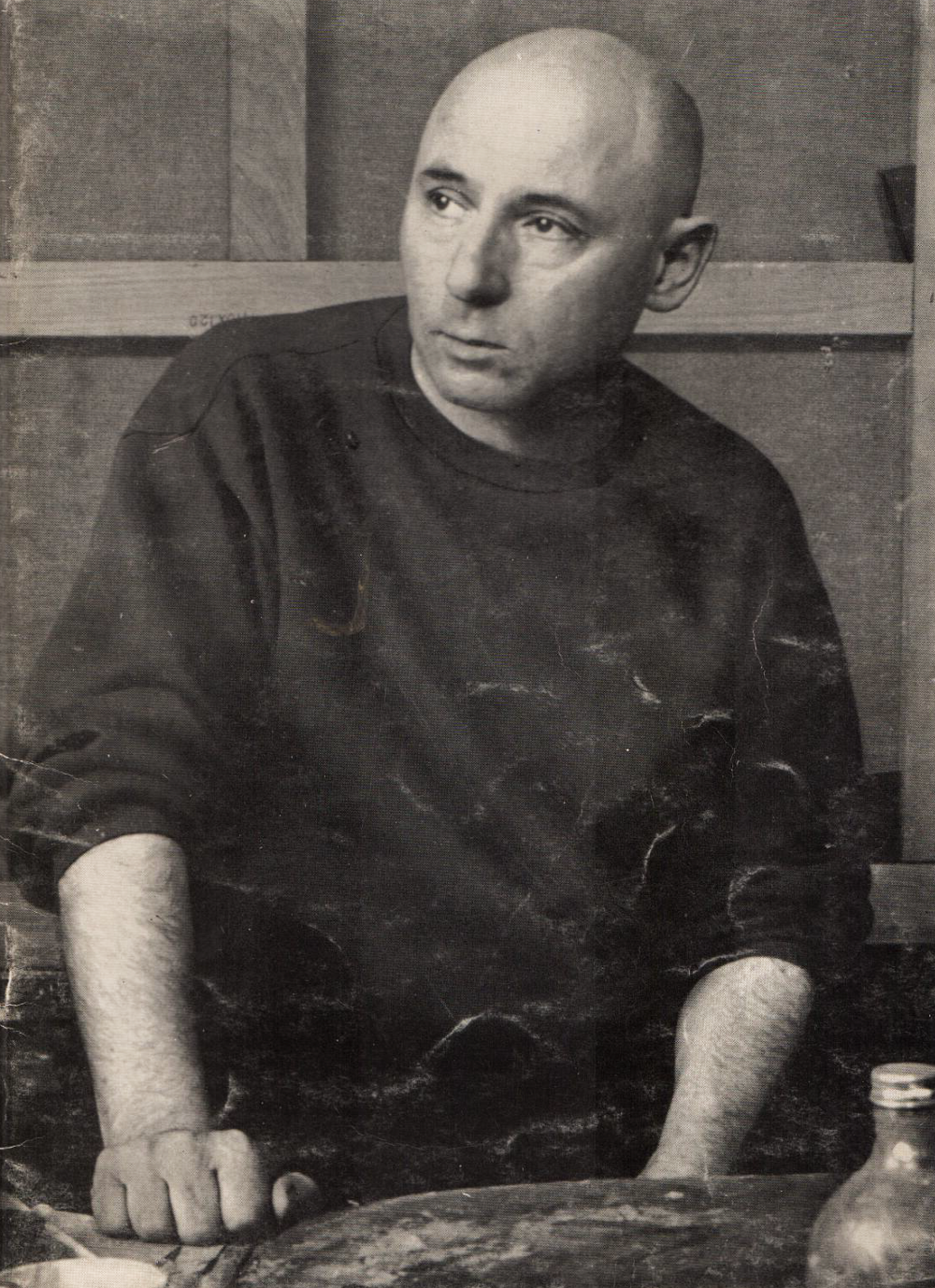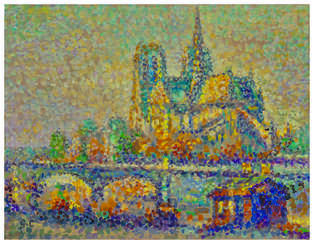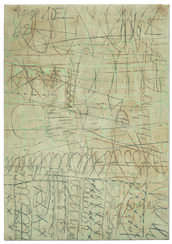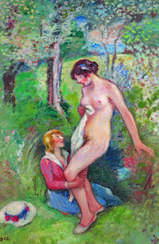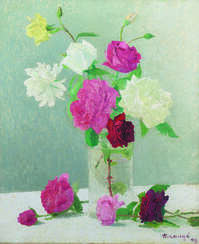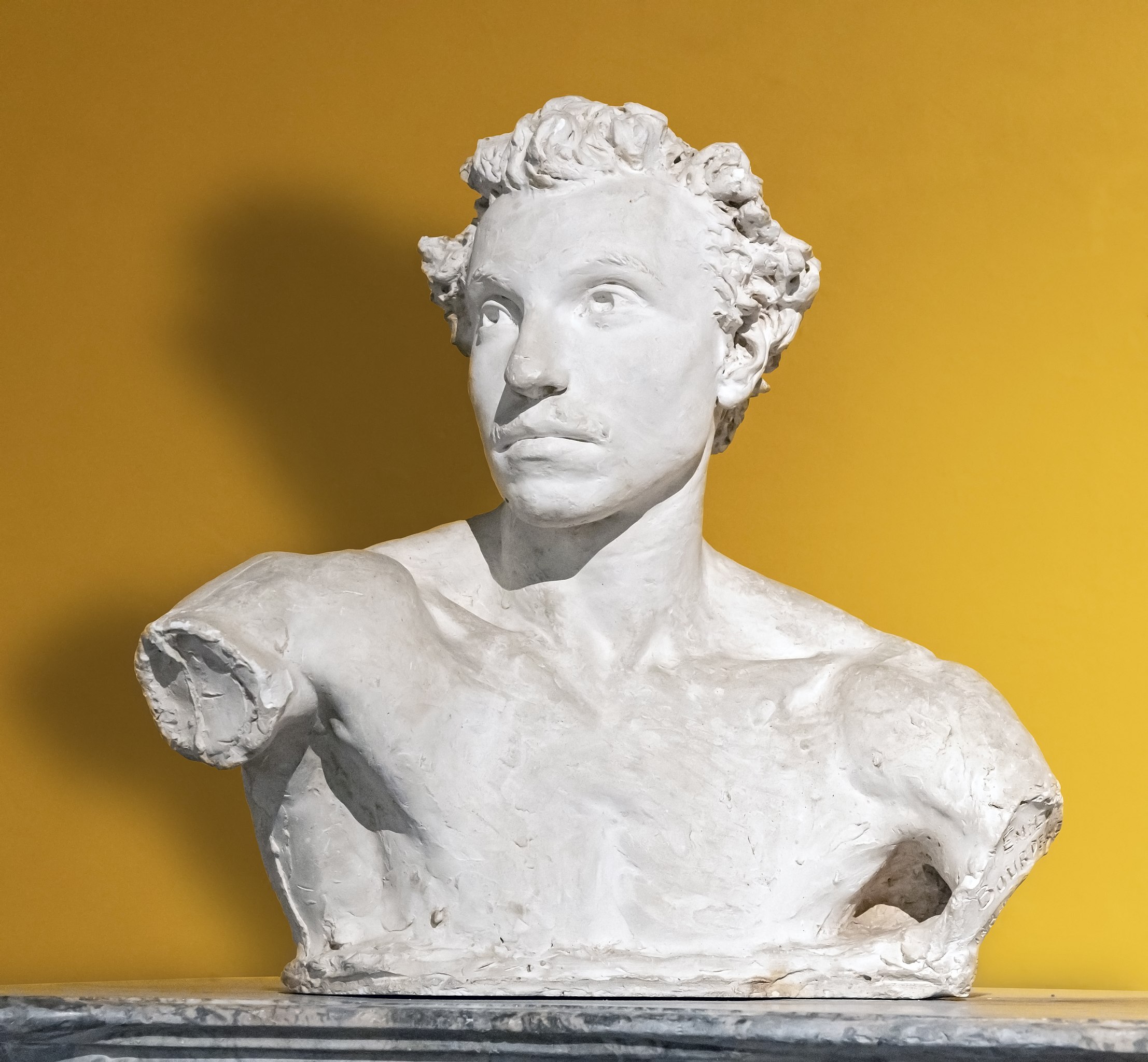
Paintings — The 20th Century Art Online Sale
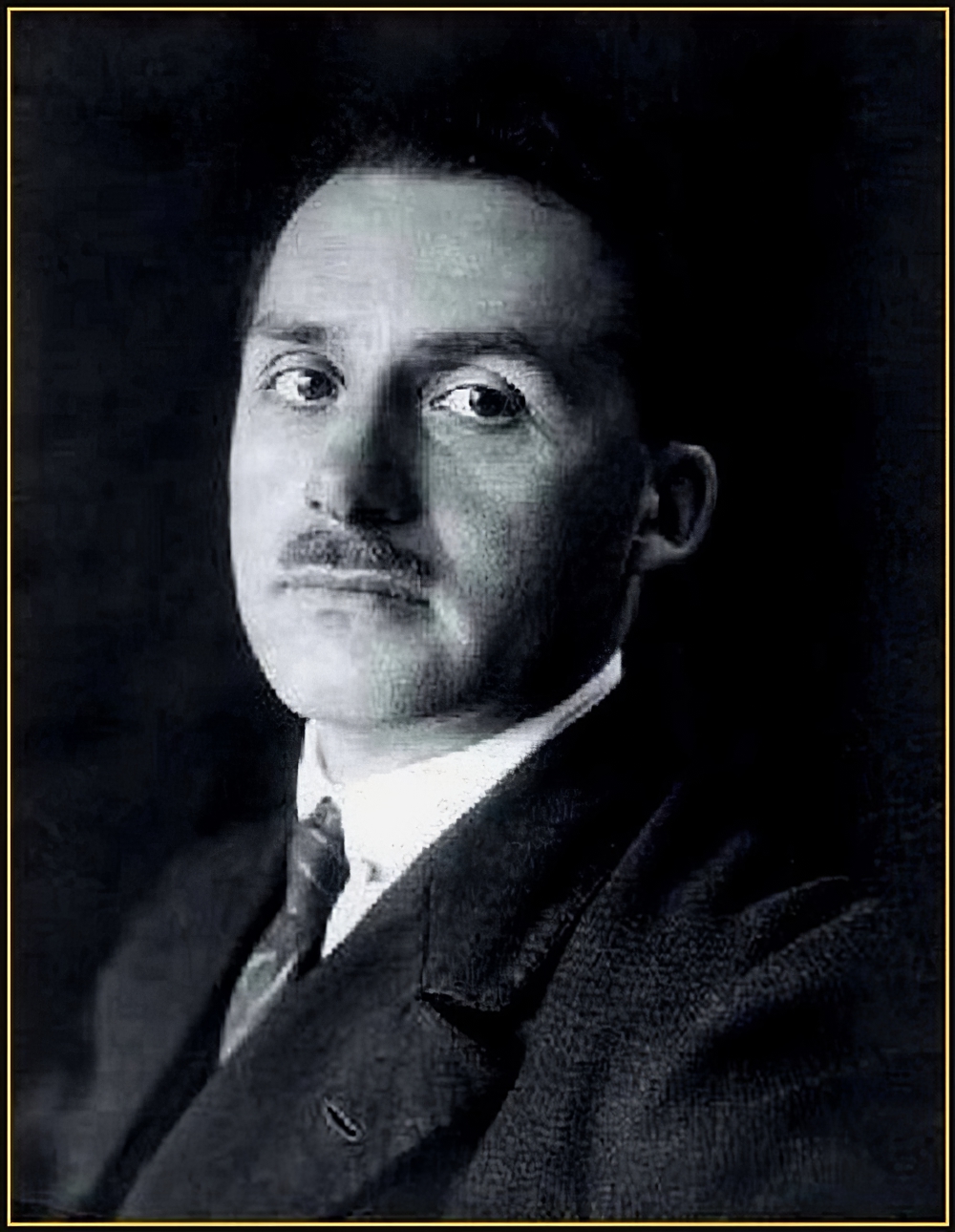
Andre Lhote, a French artist, was a pivotal figure in the Cubist movement, known for his contributions as a painter, theoretician, critic, and art teacher. His journey in the arts began at the École des Beaux-Arts in Bordeaux, focusing on decorative arts before shifting his full attention to painting after moving to Paris in 1906. Lhote's work initially drew influences from Paul Gauguin and Paul Cézanne, but by 1910, he was deeply entrenched in Cubism, aligning with artists like Fernand Léger and Jean Metzinger.
Andre Lhote's impact extended beyond his paintings; he was instrumental in developing Cubist theory through his writings and art criticism, notably contributing to La nouvelle revue française. In 1922, he founded the Académie André Lhote in Paris, shaping the future of many artists, including Henri Cartier-Bresson. His dedication to teaching and theoretical work earned him the Grand Prix National de Peinture in 1955 and a position as president of the UNESCO commission for sculpture's International Association of Painters, Engravers, and Sculptors.
For art collectors and experts, Andre Lhote's work represents a crucial chapter in the history of Cubism, offering insights into the movement's evolution and its theoretical underpinnings. To stay updated on exhibitions or sales featuring Andre Lhote's work, consider signing up for updates from reputable art institutions or galleries.

Maurice Denis, a French painter and writer, was an influential figure in the transition from impressionism to modern art. Born on November 25, 1870, in Granville, France, Denis's artistic journey began at the Académie Julian in Paris. Here, he met future collaborators like Paul Sérusier and Pierre Bonnard, with whom he later formed the Nabis group, a collective deriving its name from the Hebrew word "Nabi," meaning "Prophet".
Denis's style evolved from neoimpressionism, influenced by artists like Seurat, to a more decorative and colorful approach under the influence of Gauguin. This shift is evident in works like "Taches du soleil sur la terrace" (1890). He famously stated, "Art is no longer a visual sensation... it is a creation of our spirit," highlighting his belief in art as an idealistic expression, transcending mere imitation of nature.
Denis was also impacted by Japanese art, which influenced his compositions and styles, contributing to his unique and recognizable approach. His philosophy on art, encapsulated in his 1890 essay published in "Art et Critique," emphasized the importance of color and form in creating emotional depth, a notion that laid the groundwork for modernism. He argued that a painting's essence lies in its colors and composition, rather than its subject matter.
Throughout his career, Denis's work evolved towards a more classical approach. His involvement with the Ateliers d'Art Sacré, founded in 1919, demonstrated his interest in religious art and decoration. His notable works include "The Legend of Saint Hubert" (1897) and "The History of Music" for the Théâtre des Champs Elysées (1912-1913).
Tragically, Maurice Denis's life ended on November 13, 1943, when he was struck by a truck during the German occupation of Paris. However, his legacy endures through his contributions to modern art and symbolism, his influence on fellow artists, and his works displayed in various museums and galleries.
For collectors and art experts, Denis's work offers a unique glimpse into the evolution of modern art. His blend of symbolism, color, and form marks a significant shift in art history. To stay updated on new sales and auction events related to Maurice Denis's work, sign up for our newsletter. This subscription will keep you informed about the latest developments in the world of this remarkable artist.
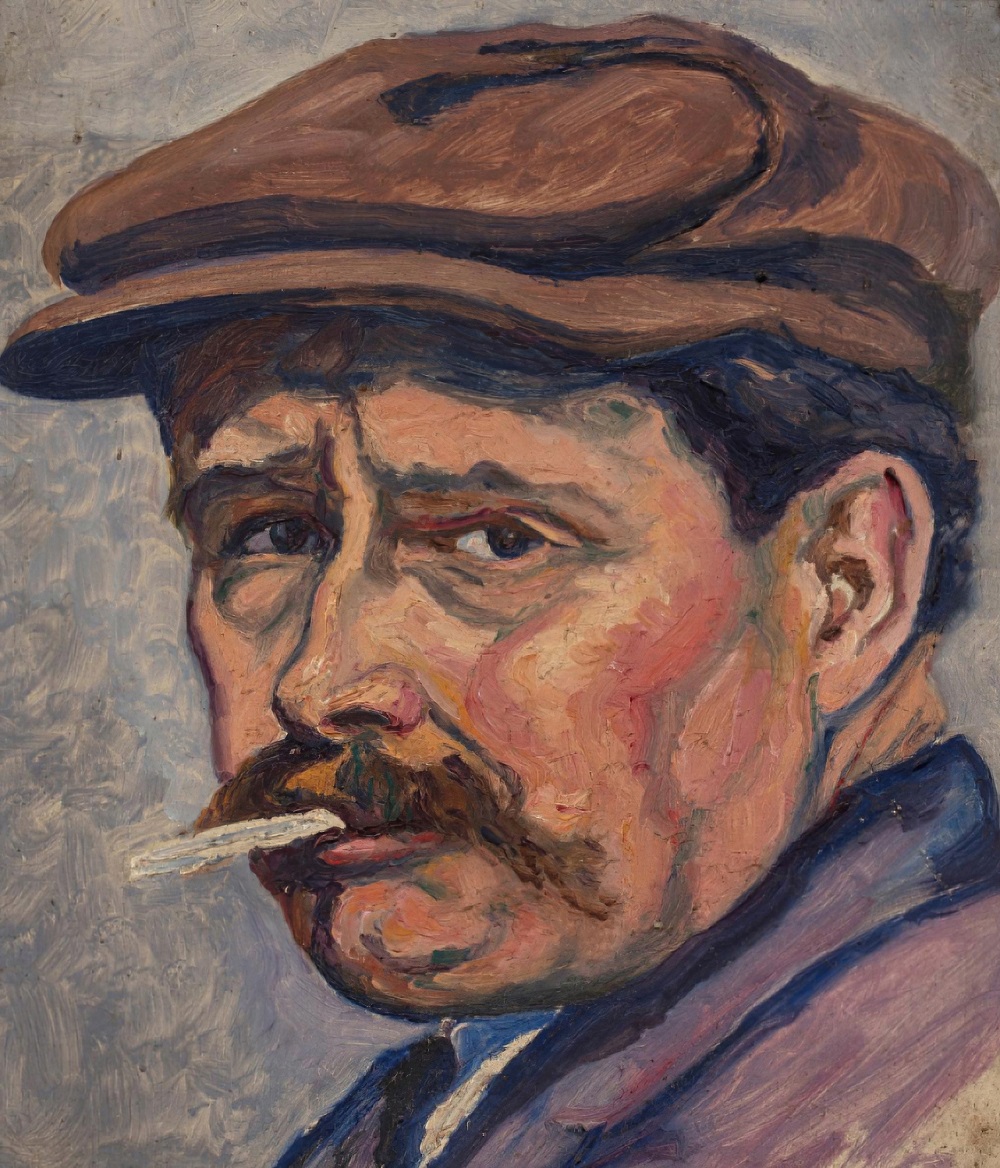
Gustave Camille Gaston Cariot was a French painter. He was known for his Impressionist-style paintings of landscapes, still lifes, and portraits.
Cariot studied at the École des Beaux-Arts in Paris, where he was influenced by the Impressionists and Post-Impressionists. He exhibited his work at the Salon des Artistes Français and the Salon d'Automne, and won several awards and honors throughout his career.
Cariot's paintings are characterized by their use of light and color, with loose brushstrokes and a vibrant palette. His landscapes often depicted scenes of the French countryside, particularly the forests and rivers of the Fontainebleau region. His still lifes featured flowers, fruit, and other objects arranged in simple yet elegant compositions.
In addition to his paintings, Cariot also worked as an illustrator, creating illustrations for books and magazines. He illustrated the works of Émile Zola, Paul Verlaine, and other writers.
His paintings are held in the collections of many museums and galleries, including the Musée d'Orsay in Paris and the National Gallery of Art in Washington, D.C.
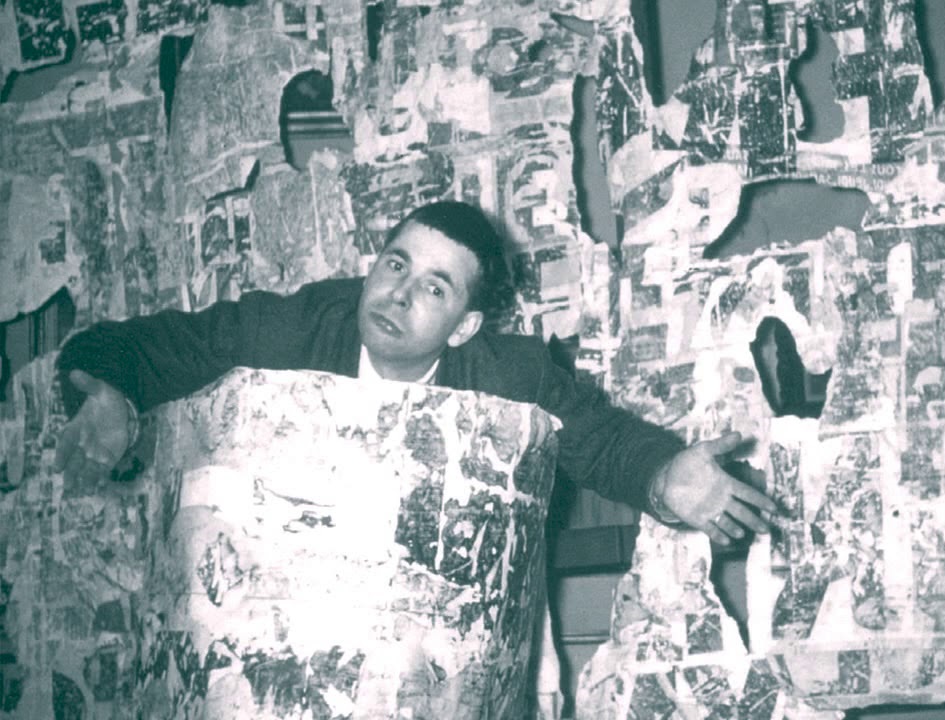
François Dufrêne was a French Nouveau realist visual artist, Lettrist and Ultra-Lettrist poet. He is primarily known as a pioneer in sound poetry and for his use of décollage within Nouveau réalisme.

Gustave Camille Gaston Cariot was a French painter. He was known for his Impressionist-style paintings of landscapes, still lifes, and portraits.
Cariot studied at the École des Beaux-Arts in Paris, where he was influenced by the Impressionists and Post-Impressionists. He exhibited his work at the Salon des Artistes Français and the Salon d'Automne, and won several awards and honors throughout his career.
Cariot's paintings are characterized by their use of light and color, with loose brushstrokes and a vibrant palette. His landscapes often depicted scenes of the French countryside, particularly the forests and rivers of the Fontainebleau region. His still lifes featured flowers, fruit, and other objects arranged in simple yet elegant compositions.
In addition to his paintings, Cariot also worked as an illustrator, creating illustrations for books and magazines. He illustrated the works of Émile Zola, Paul Verlaine, and other writers.
His paintings are held in the collections of many museums and galleries, including the Musée d'Orsay in Paris and the National Gallery of Art in Washington, D.C.


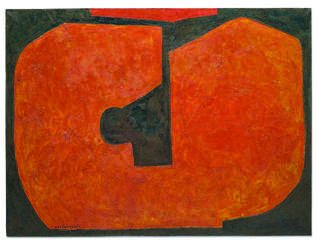

 Серж Поляков. Фотопортрет художника.jpg)


